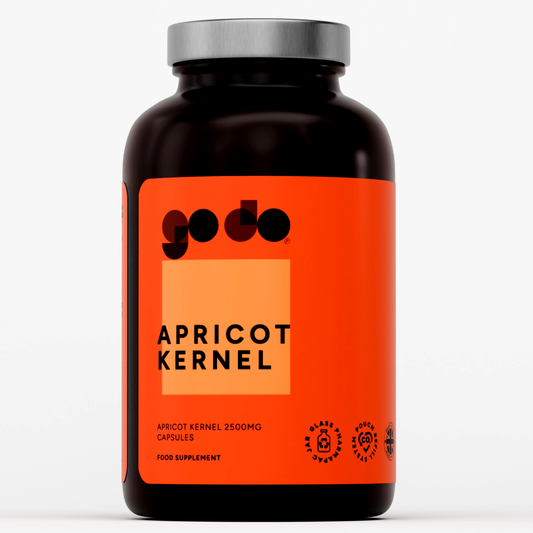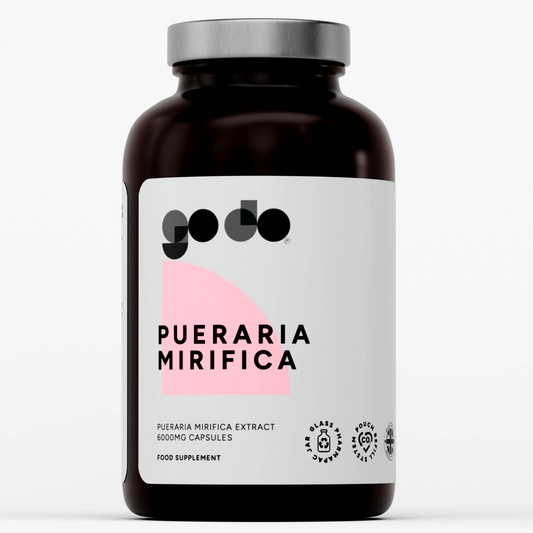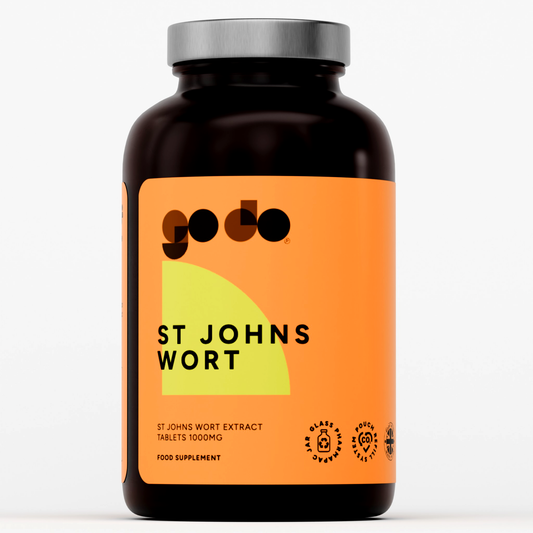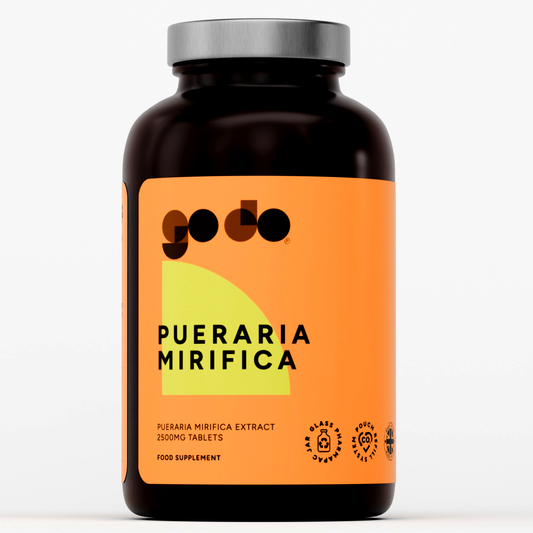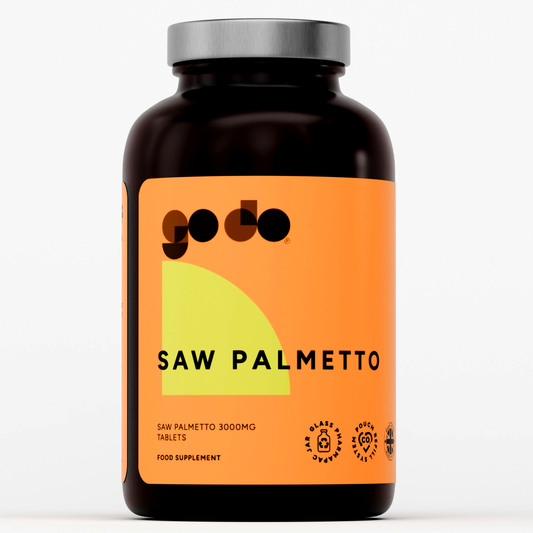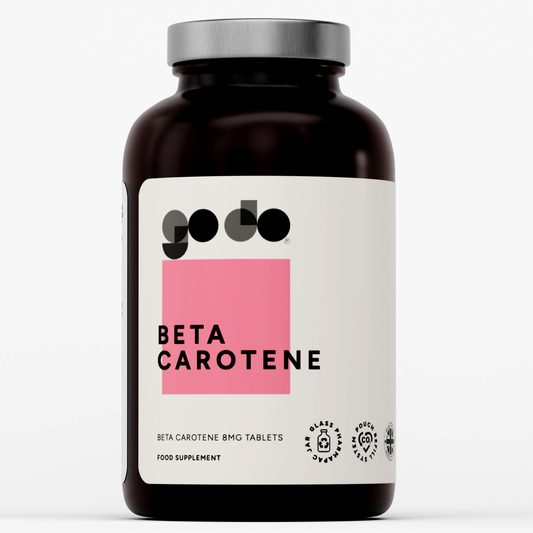The Best Protein Shake Carbs for Optimal Performance and Recovery
Protein shakes are more than a convenient post-workout habit—they’re a practical way to deliver the amino acids your muscles need to repair, rebuild, and adapt. A well-formulated shake can reduce muscle fatigue, support normal muscle function, and help you consistently hit your daily protein target. Both protein and carbohydrates are vital for muscle recovery and performance. If you tolerate dairy, whey protein concentrate or whey isolate remains a gold standard for rapid digestibility and a strong essential amino acid profile. If flavor matters—and it does for long-term consistency—choose smooth, classic options like vanilla ice cream or chocolate that blend well with fruit or coffee and don’t become cloying.
Before you buy, check the nutrition panel. Confirm the protein dose per serving (20–30 grams is a sweet spot), total carbohydrates, sugar content, fiber, and any added fats. Scan the ingredient list for clarity and brevity, and make sure the sweeteners and thickeners used align with your preferences. Some products use sweetener, such as sucralose, to provide taste without added sugar. If you’re sensitive to lactose, consider whey isolate, which has lower lactose, or go plant-based with soy or a pea-and-rice blend that provides a complete amino acid profile. Taste and texture matter—if you enjoy the shake, you’ll actually use it. There is a wide variety of flavour options available for protein shakes and carbohydrate supplements, so you can find one that suits your taste preferences. Also, not all protein-rich snacks are equal; choosing the healthiest options can make a significant difference to your nutrition.
Carbohydrates are central to muscle performance. During training, skeletal muscle draws heavily on stored glycogen for energy. The harder and longer you go, the more you depend on carbs to sustain output and protect against premature fatigue. Adequate carbohydrate intake supports muscle contraction by replenishing glycogen stores, which are essential for maintaining muscle strength and preventing fatigue. After exercise, carbs help replenish glycogen so you’re ready to perform again. This is why athletes who train frequently or do two-a-days benefit from intentional carb intake around workouts. Preventing glycogen depletion is important to reduce muscle fatigue and enhance recovery. A balanced diet that includes carbohydrates, high protein, and healthy fats keeps neuromuscular function steady and recovery on track.
Understanding carbohydrate timing helps you get more from your training. Pre-workout carbs fuel intensity, mid-workout carbs extend endurance during longer sessions, and post-workout carbs accelerate glycogen restoration. When carb ohydrates arrive with protein, insulin response and glycogen resynthesis are enhanced—useful if your next session is within 8–24 hours. For strength and hypertrophy, pairing carbs with protein also blunts stress hormones, supports repair, and keeps training quality high across the week.
ohydrates arrive with protein, insulin response and glycogen resynthesis are enhanced—useful if your next session is within 8–24 hours. For strength and hypertrophy, pairing carbs with protein also blunts stress hormones, supports repair, and keeps training quality high across the week.
Carbs and protein operate as a team in muscle remodeling. Protein supplies essential amino acids for repair and growth, while carbohydrates provide the energy that powers synthesis and training itself. Adequate carbs reduce the need to oxidize amino acids for fuel, effectively “sparing” protein for its primary roles. Practically, this means a high protein shake with an appropriate amount of carbohydrates can improve recovery, reduce perceived soreness, and sustain performance. If your goal is muscle growth, don’t fear carbs—use them strategically.
Carbohydrate supplements can be a convenient bridge between meals and training demands. Simple carbs like glucose, dextrose, or maltodextrin are quickly absorbed, making them ideal during or soon after hard sessions. Intra-workout mixes that combine carbohydrates with electrolytes support fluid balance and muscle function, while post-workout blends with added vitamins can help cover small micronutrient gaps. For athletes with very high energy expenditure, liquid carbs reduce digestive load and make it easier to meet daily calorie targets without feeling overly full. There is a range of carbohydrate products available to suit different routines and preferences.
When choosing a carbohydrate product, prioritize quality and trust. Look for informed sport certified options, which are batch-tested for banned substances—a must for competitive athletes. Seek transparent labels that specify carbohydrate types, allergens, and amounts per serving, along with clear mixing instructions. Avoid proprietary blends that hide dosages. The best products tell you exactly what you’re getting so you can dial in your intake to your training volume and recovery needs.
Designing a high-performance shake is straightforward once you understand the roles of each macronutrient. Start with a reliable protein base—20 to 30 grams of whey, soy, or a pea-rice blend. Add 20 to 60 grams of carbohydrates, scaling with workout length and intensity: lower for short lifting sessions, higher for long or high-volume days. Include a small amount of healthy fats when the shake is a meal replacement, but keep fats low around training to speed gastric emptying. If you like a thicker texture, small amounts of xanthan gum can help without adding calories. Some shakes are packed with both protein and carbs for energy and recovery.
Flavor isn’t just a luxury; it’s compliance. Salted caramel, strawberries and cream, vanilla, and chocolate all blend well with water or milk alternatives. A touch of sucralose or stevia can make lower-carb formulas more palatable without spiking sugar intake. If you’re sensitive to sweeteners, experiment with unsweetened proteins and add ripe banana, dates, or a measured drizzle of honey for a clean carb source. Remember that soy or dairy milk boosts both protein and mouthfeel compared with water.
Consider the bigger picture of your diet when slotting shakes into your day. Protein shakes are tools—not the foundation of your nutrition. Aim to meet most of your health needs with whole foods rich in fiber, micronutrients, and phytonutrients. Use shakes when convenience matters: immediately after training, between meetings, or when appetite is low. Ready-to-drink shakes in a bottle are also available for on-the-go nutrition and muscle recovery post-exercise. Pairing a shake with a piece of fruit, oats, or a bagel post-workout is an easy way to hit both protein and carbohydrate targets with minimal prep and maximum consistency.
Brand selection deserves careful attention. Reputable companies are transparent about ingredients, sourcing, and manufacturing, and they publish third-party test results. Informed Sport or NSF Certified for Sport badges indicate batch testing for contaminants and banned substances. Scan reviews from athletes with similar goals to gauge taste, mixability, and digestibility. Clear serving sizes, explicit amino acid or carb breakdowns, and straightforward instructions signal a company that respects informed consumers.
To use protein shakes effectively, control storage and preparation. Keep powders in a cool, dry place, well-sealed to prevent moisture clumping. Consume the shake within 24 hours after mixing or opening for freshness and safety. Shake or blend thoroughly to avoid gritty textures—cold liquid improves taste and mouthfeel. For recovery, a practical window is within 30–60 minutes post-workout, especially if you’ll train again soon. If your next session isn’t until tomorrow, timing is more flexible; daily totals and distribution across meals matter more than a tight “anabolic window.”
Dial in your carbohydrate dose to your training. For strength sessions under 60 minutes, 15–30 grams of carbs post-workout with 20–30 grams of protein is often sufficient. For longer lifts or conditioning blocks, 30–60 grams of carbs post-session speeds glycogen repletion. Endurance sessions over 90 minutes may warrant both intra-workout carbs (30–60 grams per hour) and 60–90 grams within two hours after, alongside 20–40 grams of protein. Adjust based on body size, intensity, and how soon you train again.
For example, here’s a simple blueprint you can adapt. After a moderate upper-body lift, blend 1 scoop whey isolate (25 grams protein) with 300 ml soy milk (additional 10–12 grams protein, some carbs) and a small banana (25 grams carbs). After a hard leg day or long run, mix 1 scoop protein with 60 grams of quick carbs—dextrose, a ripe banana plus oats, or a sports drink—and add a pinch of salt to support fluid balance. When using the shake as a meal, add a tablespoon of peanut butter or chia and a handful of berries.
If you’re sensitive to lactose or prefer plants, a soy isolate or pea-rice blend offers a complete amino acid profile with good digestibility. Combine it with soy milk for extra protein, then tailor carbohydrates to your needs: a banana and oats for slower release, or maltodextrin for rapid replenishment. Keep fats minimal before or immediately after training, then add them later in the day to round out your calories and promote overall satiety. Some shakes are suitable for vegetarians or those with specific dietary needs.
A word on additives: thickeners such as xanthan gum can improve texture with tiny amounts, but more isn’t better—start with a pinch. Sweeteners like sucralose are widely used and safe for most, though some prefer natural alternatives or unsweetened bases. If you compete in drug-tested sport, stick to informed sport certified products and avoid gray-market pre-mixes. Simplicity and traceability reduce risk and make it easier to track what actually works for you.

Hydration and electrolytes are easy wins to pair with your shake strategy. Training in the heat or for long durations increases sodium losses that can impair performance and recovery. Adding a small pinch of salt to a post-workout carb-protein shake or pairing it with an electrolyte tablet supports fluid retention and normal muscle function. For everyday sessions in temperate conditions, water plus your shake is usually enough.
Common pitfalls are predictable and fixable. Some athletes under-dose carbs after long sessions and feel flat the next day—solve this by matching carbs to workload. Others overload fats in post-workout shakes, slowing digestion—keep fats modest immediately around training. Many ignore total daily protein distribution; aim for 20–40 grams across three to four eating occasions so recovery isn’t crammed into a single meal. And don’t chase exotic ingredients at the expense of basics that consistently work.
Budget-friendly options can still be high performance. Whey concentrate is often cheaper than isolate and works well for most without lactose intolerance. Dextrose powder or ground oats provide affordable carbs you can measure exactly. Soy milk is typically great value per gram of protein and blends smoothly. Buying larger tubs from reputable brands, watching for sales, and sticking to staple flavors reduces cost without sacrificing quality.
As you refine your approach, keep notes. Track how different carb doses affect energy in your next session, whether certain flavors sit better, and how your stomach handles various sweeteners or thickeners. Small adjustments in quantity —switching from water to soy milk, adding 15 grams more carbs after intervals, or chilling the shake—often yield outsized improvements in compliance and recovery. Your best formula is the one you’ll use consistently.
The bottom line is straightforward. A high-protein shake paired with the right carbohydrates is a simple, effective way to support muscle growth, performance, and recovery. Glutamine also plays a role in muscle rebuilding and recovery after intense training. Choose a reputable, informed sport certified brand with transparent labeling. Aim for 20–30 grams of protein and 20–60 grams of carbs around training, scaling to intensity and duration. Favor flavors and textures you genuinely enjoy, and double-check nutrition panels to ensure each shake fits your dietary needs. Build this habit into your routine and you’ll train harder, recover faster, and feel better session after session.
Selecting a Reputable Supplement Brand
Finding the right supplement brand feels like nurturing a trusted relationship—one that supports your body's natural healing journey without any unwelcome surprises along the way. I always encourage my clients to seek out brands that carry informed sport certification or similar third-party testing credentials, as these gentle guardians ensure each batch is lovingly screened for harmful substances and contaminants. This becomes especially precious for athletes who face drug testing, as well as those seeking advice from their doctor but truly, we all deserve this level of care. When you see transparent labeling, you're witnessing a company that honors your right to know—a clear, heartfelt breakdown of protein, carbohydrates, sugars, and other nourishing elements per serving, alongside a complete ingredient list that shuns those mysterious "proprietary blends."
The most trustworthy brands open their hearts about sourcing and manufacturing, often sharing the story of where their whey protein concentrate, whey protein, or plant-based proteins come to life. I find such beauty in companies that freely share nutritional wisdom and amino acid profiles, allowing you to truly understand what you're welcoming into your body. Customer voices can be wonderful teachers, offering insights into taste, how smoothly the shake blends, and how it supports your body's natural muscle function and recovery rhythms. Brands that respond with warmth to questions and provide batch numbers for traceability show they genuinely care about standing behind their healing offerings.
When it comes to flavoring and gentle additives, the most nurturing brands embrace high-quality flavouring, natural sweeteners like sucralose or stevia, and safe, wholesome thickeners such as xanthan gum—all honestly listed for your peace of mind. Whether your heart calls to classic chocolate, creamy vanilla ice cream, or more adventurous paths like salted caramel, a caring brand will consistently deliver the taste and texture that nourishes both body and spirit. By honoring transparency, seeking certification, and listening to the wisdom of fellow travelers, you can confidently choose a supplement that supports your performance, muscle growth, and holistic well-being journey.

Tips for Using Protein Shakes Effectively
Getting the most from your protein shakes is really about nurturing both your body and your overall wellness journey, and I'm here to share some gentle guidance that can make all the difference. When caring for your protein powder, think of it like tending to any precious ingredient in your pantry—store it in a cool, dry space with the container sealed tight, protecting it from moisture that can compromise both its nourishing qualities and taste. As you prepare your shake, I encourage you to use cold water, milk, or your preferred plant-based alternative, as this creates that smooth, comforting texture we all crave. Take your time blending or shaking thoroughly, allowing the powder and any additional nutrients to blend harmoniously into a drink that truly nourishes you.
The timing of your protein shake can be a beautiful part of supporting your body's natural healing and recovery process. I've found that enjoying a tasty protein-rich shake with some natural carbohydrates within that sweet spot of 30 to 60 minutes after your movement practice helps your body replenish its energy stores, supports gentle muscle repair, and eases that post-exercise fatigue we sometimes feel. If you're embracing your shake as a complete meal, consider adding wholesome fats or fiber-rich treasures like nuts, chia seeds, or oats—these additions create lasting satisfaction and provide the rounded nutrition your body deserves. For those with sensitive digestive systems, I always recommend starting gently with smaller portions and gradually increasing as your body adapts and finds its rhythm.
What I find most rewarding is helping you personalize your shake to honor both your unique training needs and your individual taste preferences. Adjust your protein and carbohydrate amounts based on how intensely you've moved your body, your natural build, and what your recovery feels like it needs. I encourage you to explore different flavors that bring you joy, perhaps even those with an emulsifier for better texture. —perhaps rich chocolate, comforting vanilla, fresh strawberries, or indulgent salted caramel—and don't hesitate to add fresh fruit, natural nut butters, or even a gentle pinch of salt for variety and extra nourishment. Always take a moment to review the nutritional information, ensuring your shake aligns with your personal wellness goals, and remember that balance means staying within those recommended serving sizes. By embracing these nurturing approaches, you'll truly honor your body's needs, supporting healthy muscle function, sustained energy, and overall vitality in every training session.





